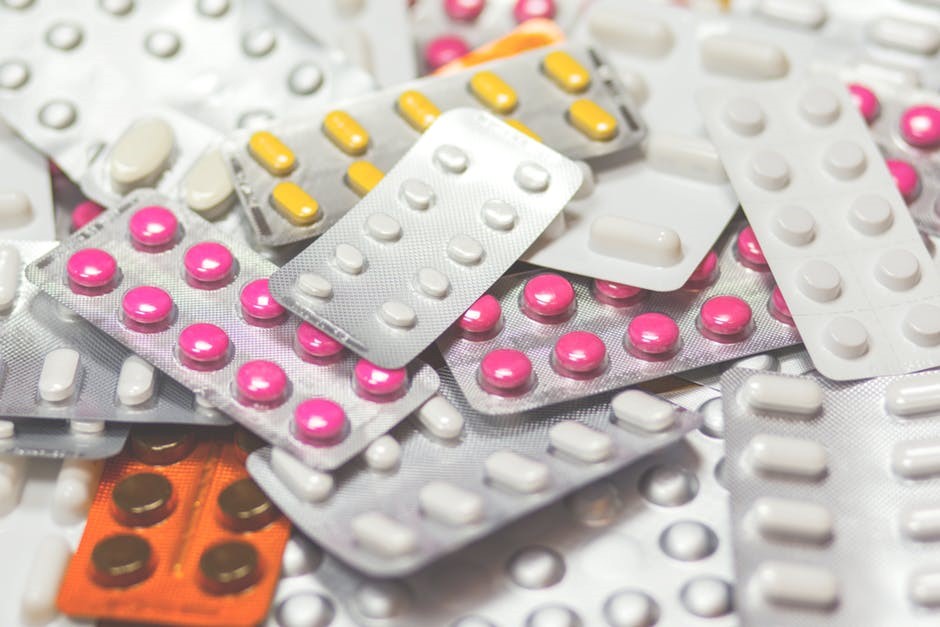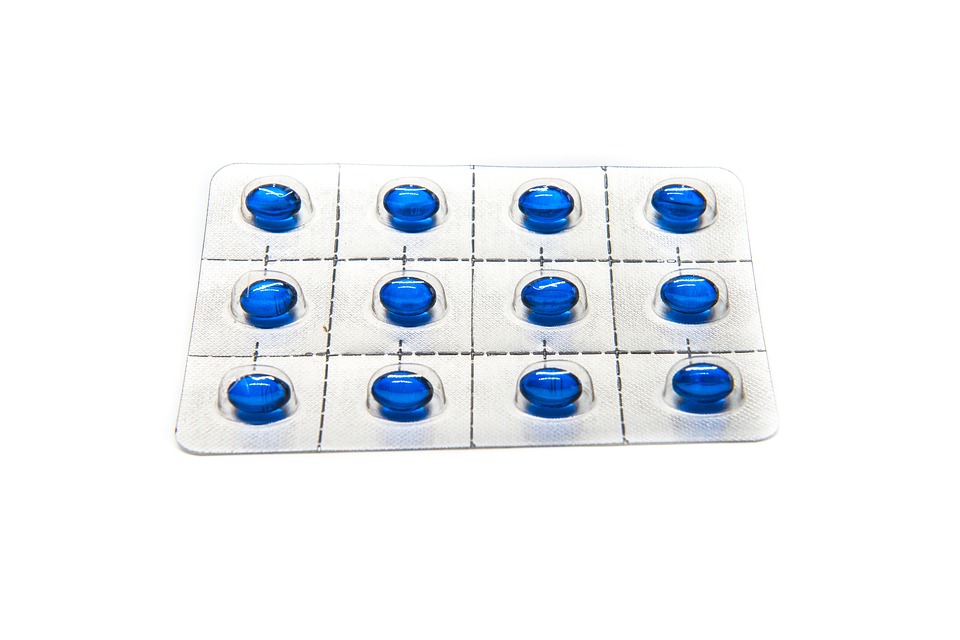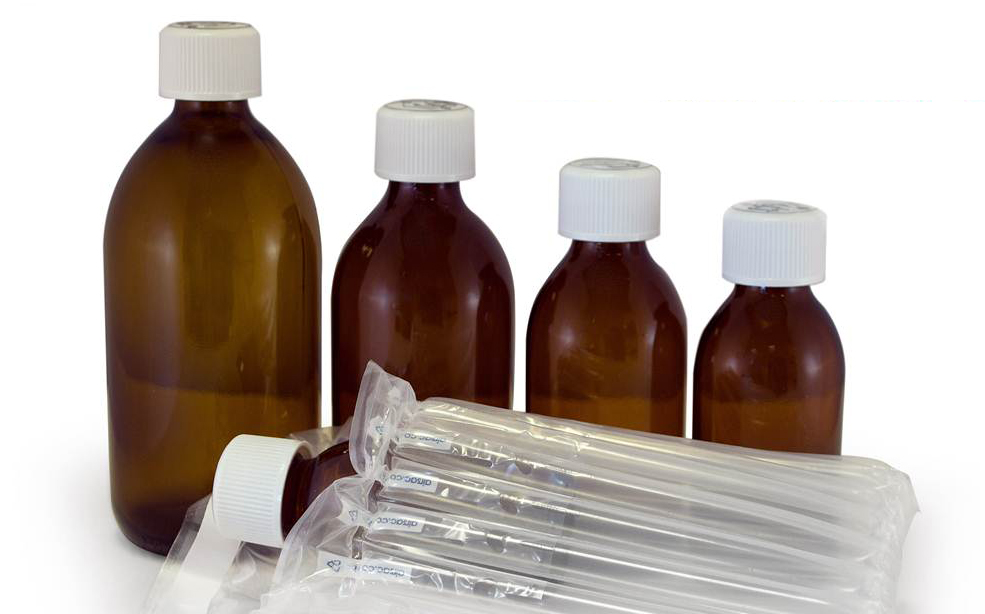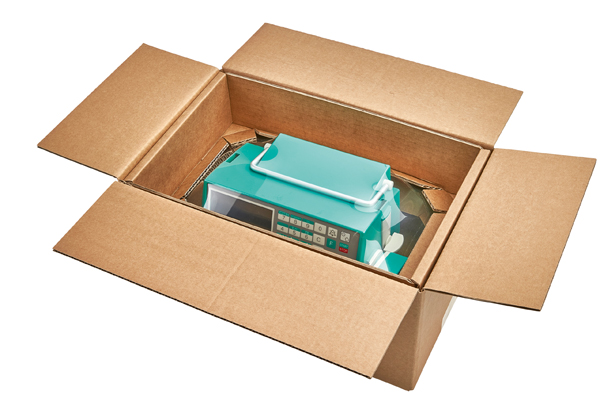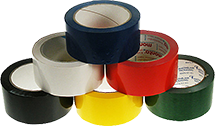Do you work in the medical industry? If you do, will know that things like hazardous chemicals, medicines and sensitive equipment like diagnostic machinery need specialist handling.
Materials in the medical industry can be expensive, so protecting them is important. As we’re part of an ISO 13485 accredited company, we understand the challenges you face.
So, what do you need to consider when it comes to packaging for the medical industry?
If you’re manufacturing any medicines or pharmaceuticals, you should be mindful of the packing requirements in your country. Here in the UK, the government provide guidelines on labelling and packaging, as well as patient leaflets (1).
The World Health Organisation also differentiates between your primary packaging (anything in contact with your medicines) and secondary packaging used for transport (2). You primary packaging should not have any negative affects on your products and should be able to maintain a stable environment.
Primary packaging guidelines for pharmaceuticals, machinery & equipment
Function of your packaging: Contamination protection
Do you need your primary packaging to offer a contained environment or protect from particles, light or contamination?
When it comes to shipping medicines and hazardous chemicals, it’s important to ensure the integrity of your goods is not compromised, by using the right packaging to keep them safe in transit. So, what kind of things could you use?
Particle-free packaging is an obvious choice when it comes to protecting medicines from contamination. The Anti-Stat technology in things like easy tear bags & medical grade foils ensure that your goods arrive to your customer exactly as they were intended to (3).
Also, products like Tyvek® are tear resistant, durable, breathable and offer a “superior microbial barrier to make sterile packaging” (4). This ensures that things like equipment and specialist machinery stay sterile in transit.
Secondary packaging guidelines for pharmaceuticals, machinery & equipment
Function of your packaging: Protection in transit
Now that your primary packaging is set, you need to think about how to keep your medicines and hazardous chemicals safe in transit.
Re-usable packaging like Airsac, our inflatable solution, is great when you’re sending things like medicine bottles and chemicals to your customers. It’s one of the most effective and environmentally friendly protective packaging solutions, that can virtually eliminate your damages. For hazardous chemicals, there is even a Heat Seal Airsac available. This means that if a faulty product gets packed, any spillages will be contained within the Airsac, so the rest of your goods will not be spoiled.
When it comes to sensitive equipment like closed loop delivery systems, and diagnostic machinery, it’s important they not only stay sterile but also avoid damage in transit. So, what kind of packaging could you use?
For equipment, you could consider using things like suspension packs, or double walled boxes with an Airsac. For small items this should offer sufficient protection. With machinery, triple walled boxes and edge protectors are a must, but you can also create bespoke solutions to suit each product.
Need support with your packaging?
Our team of packaging experts can deliver the best packaging solutions for whatever you’re shipping. To book an appointment today simply call 01902 496 666, email us or complete our contact form.
Sources
(1) Government guidelines
(2) WHO packaging quality assurance guidelines
(3) Particle-free packaging
(4) Medical grade packaging







